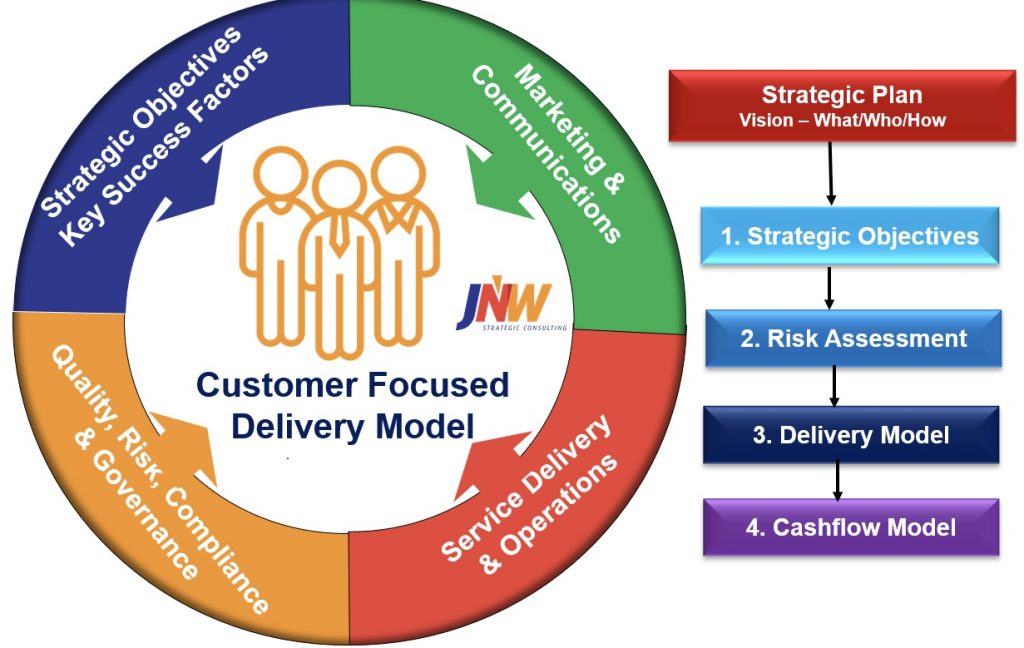
A. Leading in Information Age: Leadership and management complement one-another. Leading is concerned with change and influencing others to change. In order to realize that; a vision would come in handy, as well as a clear perspective to how information and IT can contribute in making the organization more effective. IT Leadership would require setting expectations along with organization’s other stakeholders, define where value lies within the enterprise’s leaders. Along with that, lead the IT team to deliver on the vision and expected values; through provisioning of cost-effective services.
B. Understanding environment fundamentals: Business knowledge of the industry and relevant competitive environment, IT leaders need to engage key decision makers and stakeholders on their own terms.
C. Envision ‘How IT can contribute to enterprise’s success’: IT leadership needs to develop a vision of how to achieve stakeholders’ business objectives through technology.
D. IT-enabled organization: IT leadership would work with stakeholders to identify business needs, strategies, drivers and objectives; and devise IT guidelines to address those needs and objectives.
E. Clear IT governance: Governance constitutes the path to IT leadership success; effective governance would weave together business and IT strategies; building along-side credibility and trust between business and IT.
F. Forge business and IT strategy: IT strategy depicts IT guidelines, infrastructure, enterprise architecture and application strategies, in addition to investment prioritization and the implementation of those over a defined timeframe. IT strategy translates into development and active management of IT portfolio to deliver success and value as perceived by organization’s stakeholders.
G. Develop a new IT Organization: Leaner, more focused on enterprise objectives; through introduction of process-based responsibilities, strategic sourcing of IT services, and erecting IT on sound financial base.
H. High performing-teams: New competencies required for the new IT organization need to be defined and the IT teams need to be recruited and trained for effectiveness.
I. Manage IT-related risks: IT-related risks are much more pervasive; issues related to information security, data privacy, leakage, malware and need to comply with regulatory structures are only a few. Business stakeholders need to be made aware of these risks and they need coaching managing these risks.
J. IT performance and it’s business impact: IT performance needs to be measured and communicated from stakeholders’ value delivery perspective, and needs to be assessed according to it’s value contribution to business.
